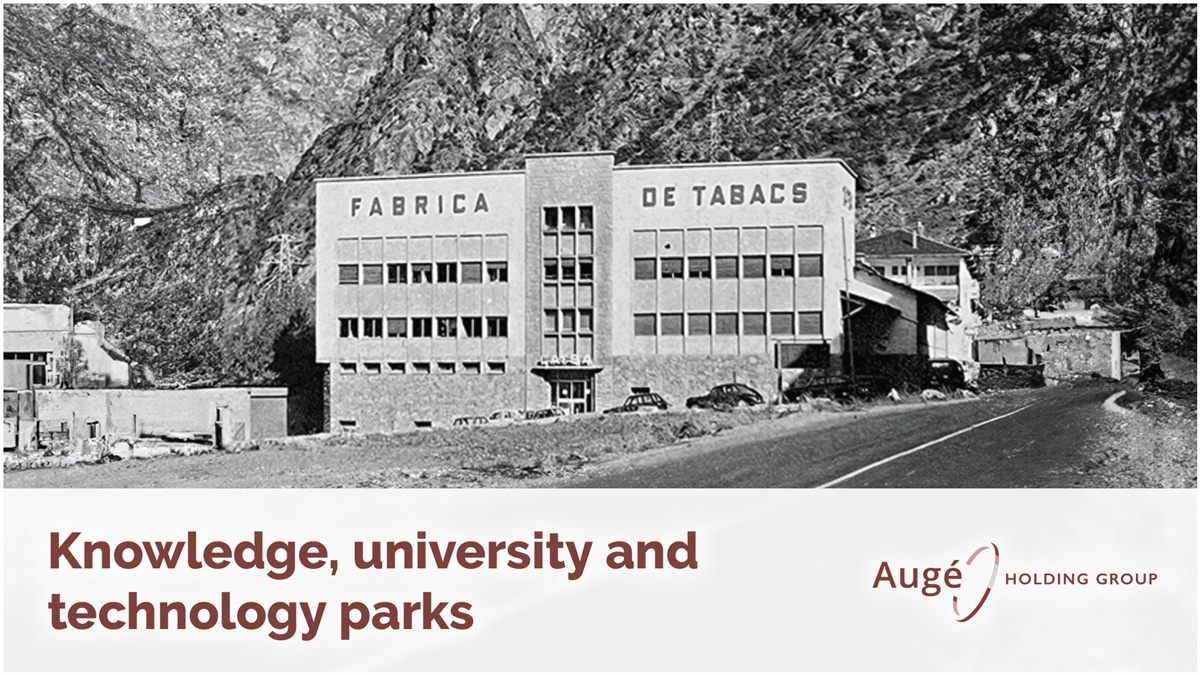Table of contents
ToggleThe key figures of the new fiscal framework of Andorra
The Principality of Andorra has experienced a regulatory revolution. Its most active phase began in 2012, when started an irreversible process of providing Andorra with a complete tax framework that is compatible with the tax system of the neighboring countries.
In this sense, up to the present date, the key figures of this new direct taxation framework have been the Corporate Income Tax (henceforth CIT), the Personal Income Tax (henceforth PIT), capital gains tax on real estate transfers (henceforth CGTRET), and non-resident income tax (hereafter NRIT).
Looking back, it allows us to affirm that in these last 10 years, the modifications that have been carried out have pursued the goal not only to comply with the new international standards, promoted by the OECD, such as the elimination or modification of certain special regimes, but also to give more consistency to the existing tax figures, reduce the duplication of obligations, and guarantee a minimum taxation. However, it has always been intended to preserve, as a basic guiding principle, the tax competitive abilities of the Andorran system.
As an example of consistency, the CGTRET is nothing more than a tax that taxes a particular type of income, capital gains derived from real estate, but which does not justify “per se” its existence as a separate tax figure. In fact, as it happens in other neighboring countries, both the CIT and the PIT could perfectly include or tax these income in their own regulatory body.
In relation to the rest of the mentioned terms, unforeseen situations, such as the pandemic, have trialed the sustainability of the Andorran system, forcing to take measures guarantee a minimum taxation, in those cases in which it was understood that the tax figures were too benevolent, becoming therefore contrary to the Principles of progressivity and economic capacity that seeks to defend the tax system in the eyes of the legislator.
Considering all the above, the last modification in tax matters took place on February 8, 2023, when law 5/2023 of January 19 on measures for the reform of direct taxation and modification of other tax and customs rules was published in the BOPA (The Official Bulletin of Andorra), concludes a global, extensive, and local process, but with a wide scope in terms of tax figures affected.
The main change of these modification is the elimination of the CGTRET incorporating the effect of this tax figure into the PIT, CIT and NRIT respectively. In other words, the tax effects deployed by the CGTRET remain the same, although from now on through the other direct taxation figures already mentioned.
Although there are several changes on corporate income tax, considering that they have been already detailed in an article written by our subsidiary Augé Accountants, this document aims to collect exclusively those changes that affect Personal Income Tax.
Tax transparency
In order to alleviate situations that the legislator understood to be abusive, a new tax concept is imposed, known as tax transparency: in those cases in which persons with tax residency in the Principality obtain income through collective investment organizations of Andorra (usually known as SICAV) that benefit from the 0% taxation rate, and over those exercise an effective control (participation greater than 50%, including persons with relationships up to the fourth degree), this income must be integrated into the taxable base of the PIT.
The same applies to the income obtained through foreign companies, subject to taxation of lesser than 5% (50% of the effective rate in the Principality), that do not carry out an economic activity, whenever the income obtained from these companies are, over than a third of the total income obtained, of a passive nature (interest, royalties, dividends, derivative instruments, insurance, banking or financial activity or immovable property not related to an economic activity).
In any case, the taxes paid abroad will be deductible, either by obtaining the income by the individual (withholding in the origin), or by the participating entity (local corporate tax or similar figures).
Elimination of the non-subjection of earnings subject to CGTRET
To the extent that the CGTRET tax figure is removed, the rest of the taxes are adapted by removing the regulatory references to it. Particularly, with regards to the PIT, the income that until now were subject to CGTRET are no longer exempt. Likewise, an exception is therefore added on the exemption of patrimonial gains and losses derived from the transfer of shares or participations in companies, when at least 50% consists, directly or indirectly, of real estate located in Andorra.
On the other hand, a series of regulatory changes are carried out with respect to the effective tax rates in the case of income arising from the transfer of real estate: until now, the rule established a maximum taxation of 15%, down to a minimum of 0%, depending on the holding time. Although conceptually the criteria for gradual reduction depending on the tenure is the same, certain small variations have been done, extending the 15% rate to more cases than were given so far, and eliminating the percentages of 14%, 13% and 12%.
The summary is therefore the following:
- General effective rate of 10% (general personal income tax rate), when the holding period has been less than 5 years.
- Additional surcharge of 5%, in cases when the property is transmitted in the first two years of ownership, therefore assuming 15% effective taxation when the holding period is less than 2 years.
- Likewise, the effective rates remain identical for generation periods of more than 5 years in the following percentages:
- Effective rate of 8% when the holding period is over 5 years and lesser than 6.
- Effective rate of 6% when the holding period is over 5 years and lesser than 7.
- Effective rate of 4% when the holding period is over 5 years and lesser than 8.
- Effective rate of 2% when the holding period is over 5 years and lesser than 9.
- Effective rate of 1% when the holding period is over 5 years and lesser than 10.
However, it is essential to indicate that the updating coefficients value that until now were applicable in the CGTRET are eliminated, simplifying tax management of this tax obligation.
Additionally, the obligation to make payments on account relating to operations in which positive income is generated, is also incorporated into the PIT in the same terms as previously done by the CGTRET on this type of income.
Finally, a new case of fraud is incorporated in relation to the transfer of Real Estate, in cases where the differences in value that occur between the declared value and the real value verified by the administration are not paid, when this difference exceeds 50% of the value of the Real Estate in cases of being constructed/built or up to 100% in the case of undeveloped land or rights over it.
Elimination of deductions
Deductions for job creation and investments are eliminated.
Deduction for international double taxation
Until now, the deduction for international double taxation was applied jointly for all income obtained abroad. From now on, those withholdings or taxes are grouped by country for the purposes of calculating the deduction for international double taxation, thus being more limited than before.
Deductions for patronage
A new deduction for patronage is incorporated, which allows the reduction of the tax quota equal to 20% of the value of donations made in favor of public institutions or of public interest, such as government or regulated foundations or non-profit associations.
Requirements to qualify real estate income as an economic activity
In order to consider that there is economic activity corresponded to the real estate, it is required from now on, that in the immediately preceding year the requirement of having either a minimum of 6 rental properties (rented or offered in lease), or that the income obtained corresponding to the real estate exceeds €100,000.
It will no longer be considered that the conditions listed above are met if they are not met for two tax periods.
However, the taxpayer may choose to pay tax in accordance with the rules provided for the income from economic activities even if the previously indicated conditions are not met.
Indicate, as well, that certain advantages are established (increase in deductible expenses) for those taxpayers who obtain income from real estate assets intended for habitual and permanent residence if the income obtained by them is less than 8 euros per square meter and with a maximum of € 1,250 per month.
Exemption from income derived from lucrative transfers mortis causa and inter vivos with kinship bond
With the previous rule, only capital gain were explicitly exempted in cases of mortis causa or inter vivos transmissions, generating reasonable doubts regarding other sorts of income that could arise. The new rule extends the treatment that until now applied to gains to all the income that can be generated in the lucrative transmissions due to the death of the taxpayer.
In relation to donations (lucrative inter-vivo transfers), the donated goods will keep the tax value they had in the transferor, while previously there was no reference to this treatment.
Other modified rules
The legislator has also considered relevant to make changes to the NRIT, in the same terms as the CIT and the PIT, in order to provide greater coherence to the Andorran tax system.
As a final point, indicate that the Basic Law of the tax system has also been modified: the main change is that the administrative tax authority is granted with the right to verify past operations that have taxable implications even though they took place unprescribed periods. This allows the administration, among other things, to inspect the negative tax bases of previous years and the deductions for a period of 6 years.





